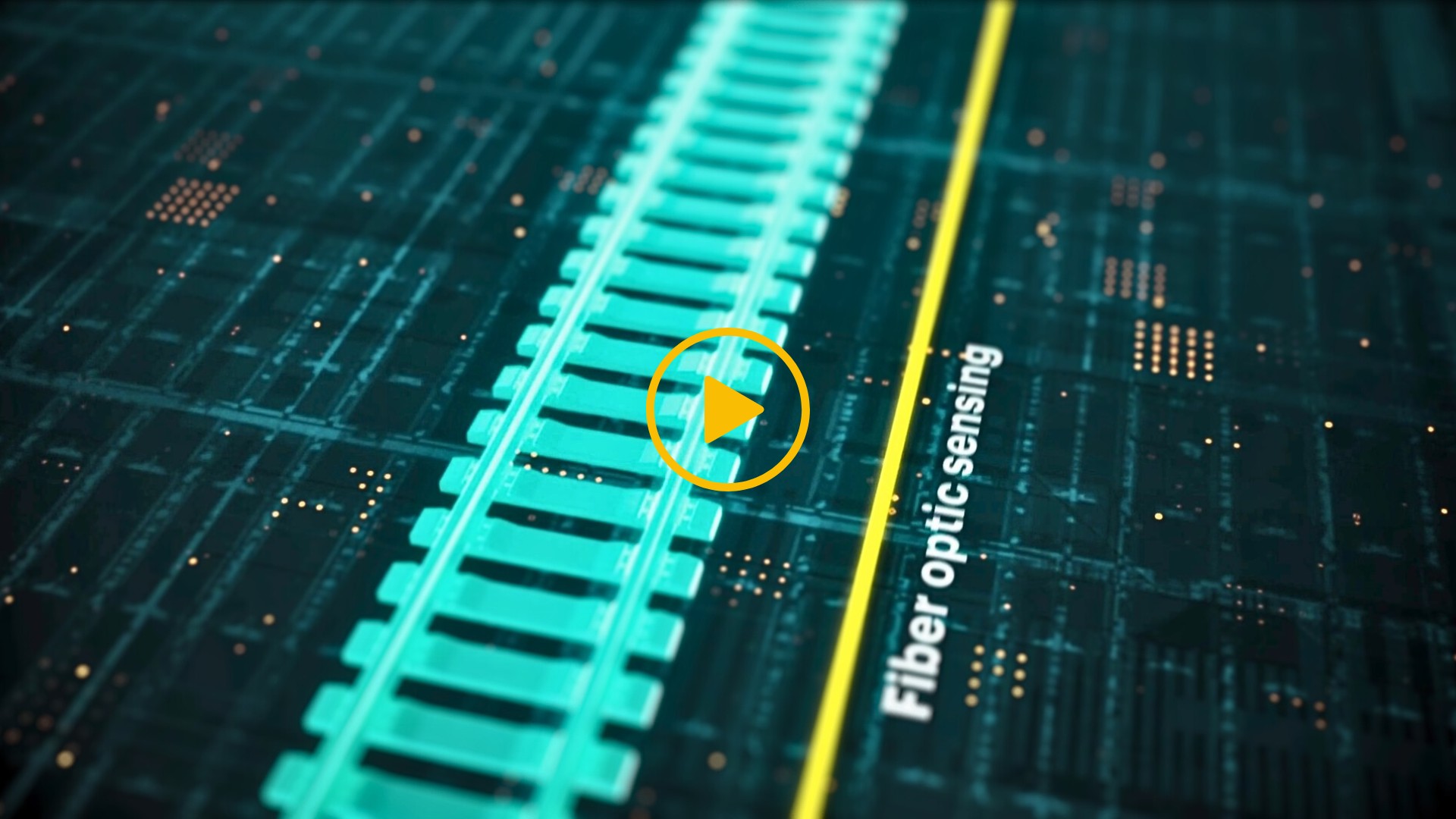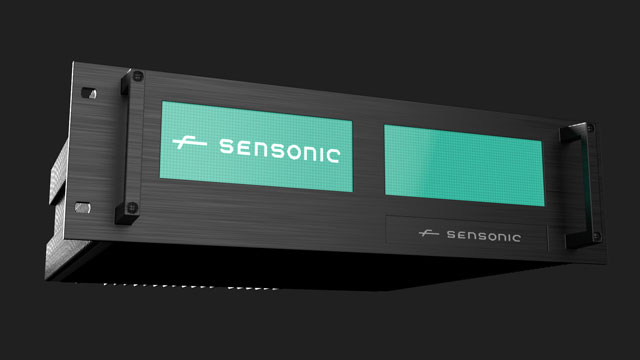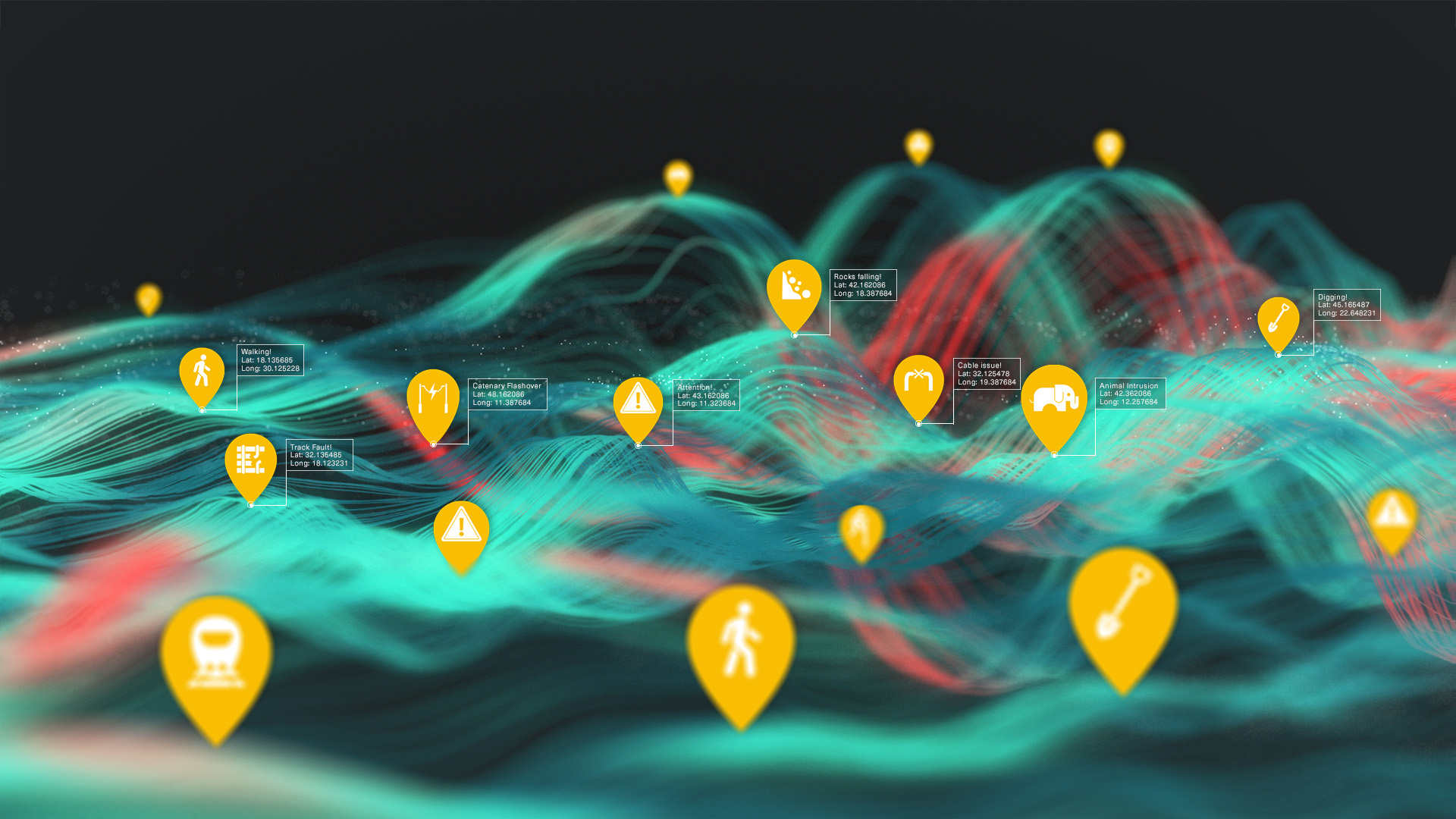What is Distributed Acoustic Sensing (DAS)?
Distributed Acoustic Sensing (DAS) is a technology that turns a fiber optic cable into an array of individual microphones along its length.
Yes – that is correct – You can turn a glass fiber into a microphone-like sensor, or more accurately many microphones along its length.
Distributed Acoustic Sensing (DAS) transforms standard (or specialist) fiber optic cables into powerful sensors capable of detecting sound waves along their entire length. This cutting-edge approach has gained traction across various industries, including oil and gas, transportation, and security, due to its ability to provide real-time monitoring over vast distances with high sensitivity and accuracy.
There are two explanations in this article, a really simple one below, and one with a little more detail further down.
How Distributed Acoustic Sensing (DAS) works (Simple Version)
At its core, DAS works by sending laser light pulses through a fiber optic cable. When these pulses encounter vibrations of the fiber, (such as those caused by acoustic signals), they cause minute changes in the small portion of scattered light that is reflected back towards the laser light source.
By analysing the changes in the backscattered light, DAS systems can determine the location, intensity, and frequency of the sound or vibration. DAS effectively turns the fiber optic cable into a continuous line of vibration sensors.
The vibrations detected by the DAS signal can be generated by vehicles, machinery, or even seismic activity.
This short video illustrates the basics of how DAS works
How Distributed Acoustic Sensing (DAS) works (More detail)
If you want to know a little more about how DAS works, but don't want to get overloaded with physics equations then this bit is for you.
1. Fiber Optic Basics
Optical fibers, which are made of glass or sometimes plastic and are designed to transmit light. The core of the fiber is surrounded by a cladding layer that reflects light back into the core, allowing it to travel through the fiber. Glass fibers are used to transmit light over long distances due to their lower light losses and DAS uses these optical fibers.
2. Rayleigh Scattering
The key physical phenomenon that DAS relies on is Rayleigh scattering. When light travels through the fiber, a small portion of it is scattered in all directions due to microscopic variations in the material. This scattering is sensitive to changes in the environment, including strain of the fiber which is produced from vibrations and acoustic waves vibrating the fiber.
3. Interrogation Technique
In DAS systems, a laser source sends short pulses of light into the fiber optic cable. As these pulses travel, they encounter Rayleigh scattering along the fiber. Disturbances along the fiber, such as vibrations caused by sound waves or physical movements affect the Rayleigh scattering of the light pulses and the scattered light that returns to the source (back scatter) is then analysed.
4. Optical Time-Domain Reflectometry
DAS employs a technique similar to Optical Time-Domain Reflectometry (OTDR) which we cover in more detail here. By measuring the time it takes, for the scattered light to return to the source, the system can determine the location of the disturbance along the fiber. The distance to the disturbance is calculated based on the speed of light in the fiber and the time delay of the returned signal.
5. Optical Signal Processing
The returned light also contains a wealth of other information about the disturbances along the fiber. Advanced signal processing algorithms are used to analyse the amplitude, frequency, and phase of the scattered light. This analysis allows the system to determine the vibration state of the fiber along its length in real time.
6. Spatial Resolution
DAS systems can achieve high spatial resolution, often in the order of meters or less, depending on the system design and the length of the fiber. The special resolution is a trade-off with the length of fiber that can be monitored – The shorter the special resolution the shorter the fiber that can be monitored. Sensonic utilises a 6.4m resolution to monitor 50km of fiber, giving a balance of both railway network coverage and actionable location accuracy. The measurement technique also means that DAS can detect and locate multiple events occurring simultaneously along the fiber with a single Sensonic system turning typically 2 x 50km fibers into over 15,500 measurement points along the railway all being measured at the same time.
7. Real-Time Monitoring
One of the significant advantages of DAS is its ability to provide real-time monitoring. The system can continuously analyse the data from the fiber, allowing for immediate detection and response to events anywhere along its length as they occur. Advanced algorithms have been developed to identify specific acoustic events, such as footsteps, vehicle movements, landslides, rockfalls, fence climbing or cutting, seismic activity and more. As the whole fiber is measured all the time, multiple events along the fiber route provide comprehensive route coverage.
8. Applications
DAS technology is versatile and can be applied in various fields, including:
- Pipeline Monitoring: Detecting leaks or intrusions
- Security: Perimeter surveillance and intrusion detection
- Transportation: Monitoring railways and roads for safety
- Environmental Monitoring: Studying seismic activity and wildlife movements
Summary
Distributed Acoustic Sensing combines the principles of fiber optics, Rayleigh scattering, advanced optical signal processing and interpretation algorithms to create a powerful tool for real-time monitoring and analysis of acoustic events over long distances. Its ability to utilise existing fiber infrastructure makes it a cost-effective and efficient solution for many applications.
Railway Applications of DAS More about DAS Technology
Other names you might come across for Distributed Acoustic Sensing (DAS) can include:
- Distributed Vibration Sensing (DVS)
- Fiber Optic Acoustic Sensing (FOAS)
- Acoustic Fiber Optic Sensing (AFOS)
- Optical Fiber Vibration Sensing (OFVS)
- Distributed Fiber Optic Sensing (DFOS): This is a broader term that encompasses various sensing applications using fiber optics, including DAS, Distributed Temperature Sensing (DTS), and Distributed Strain Sensing (DSS).
Like this article? Then share it via the button at the top





